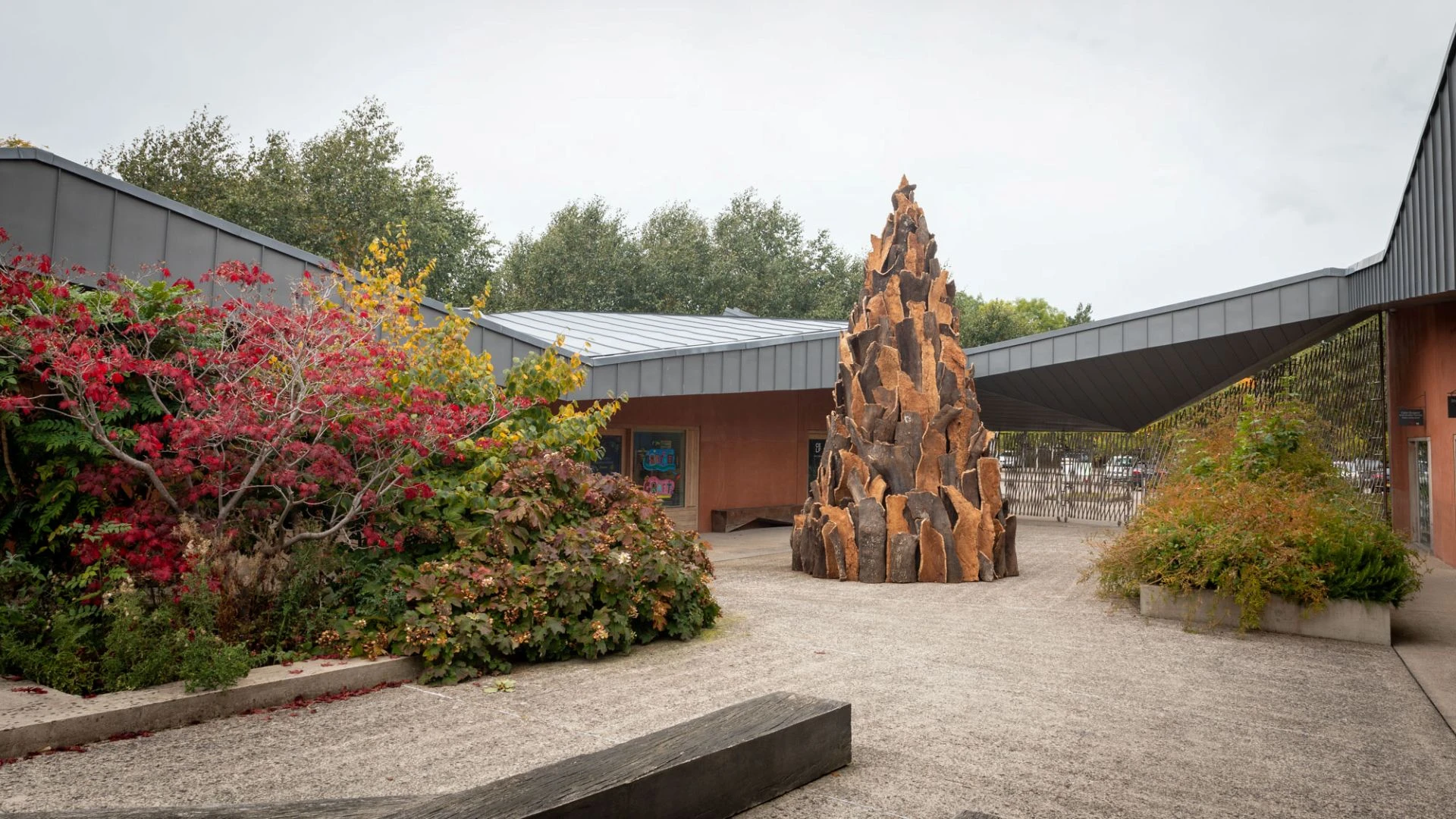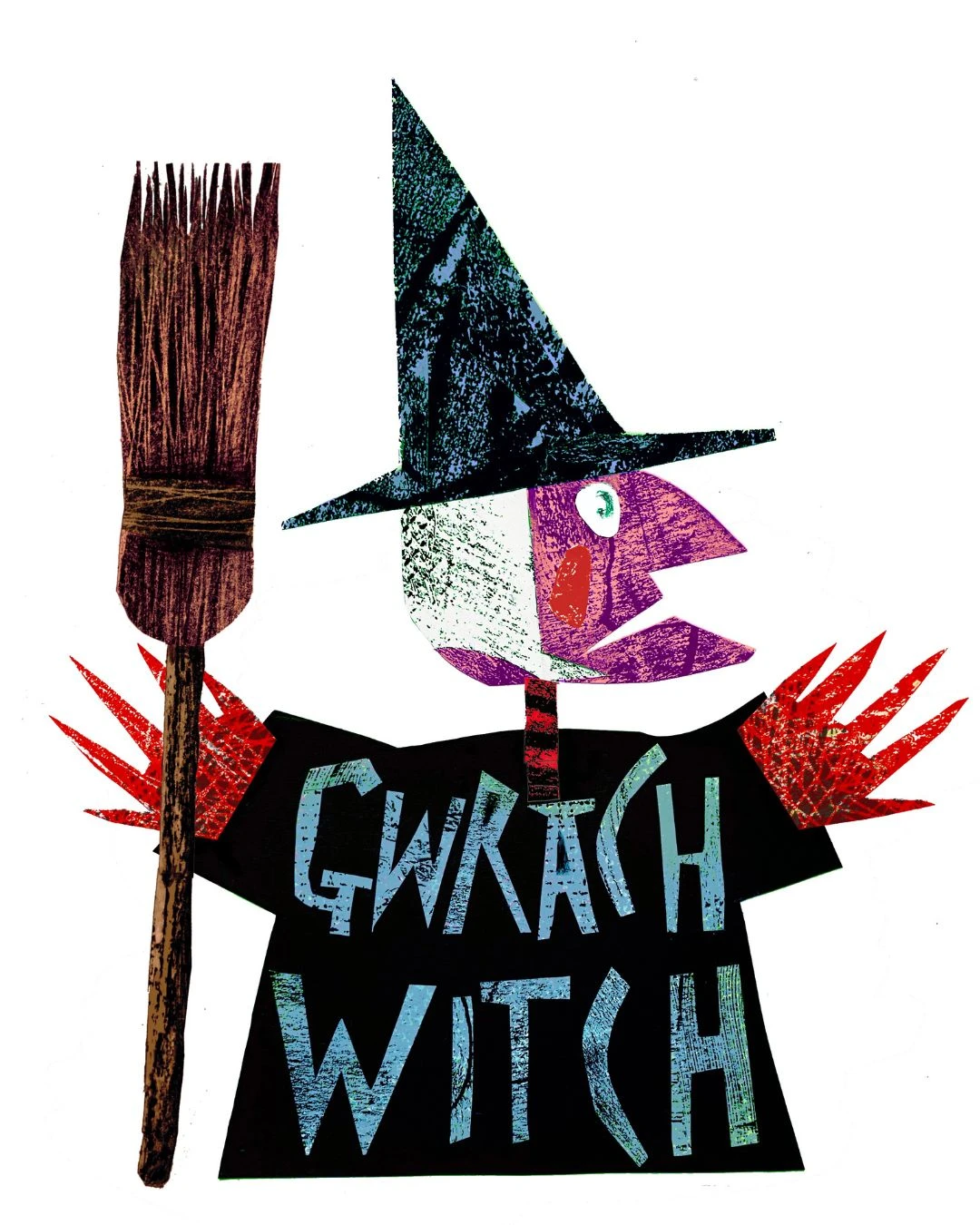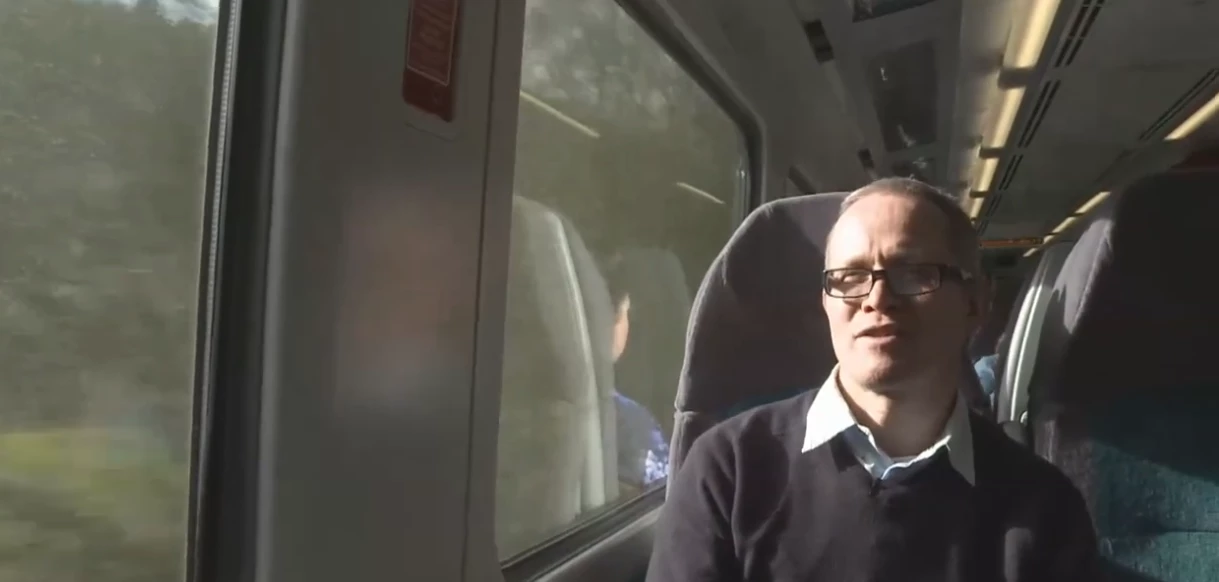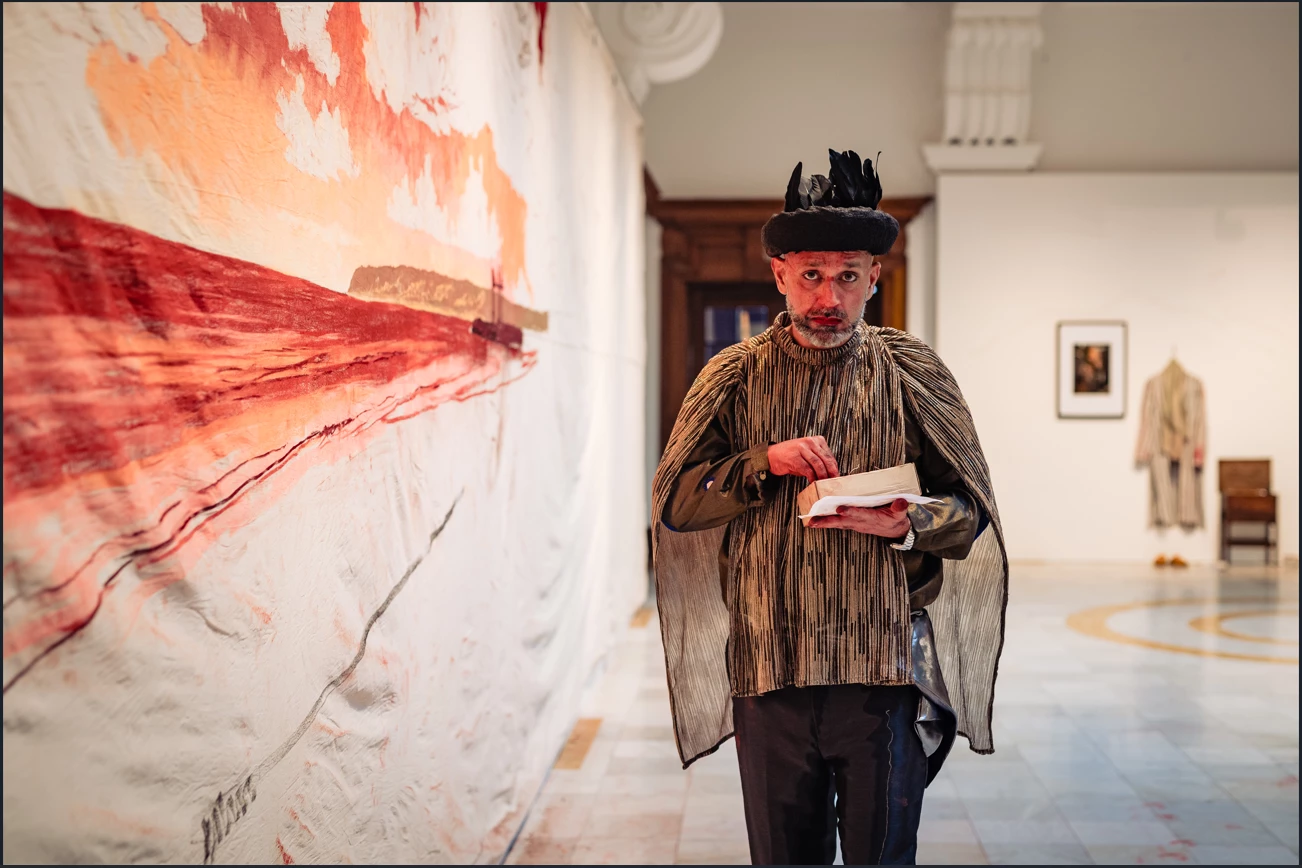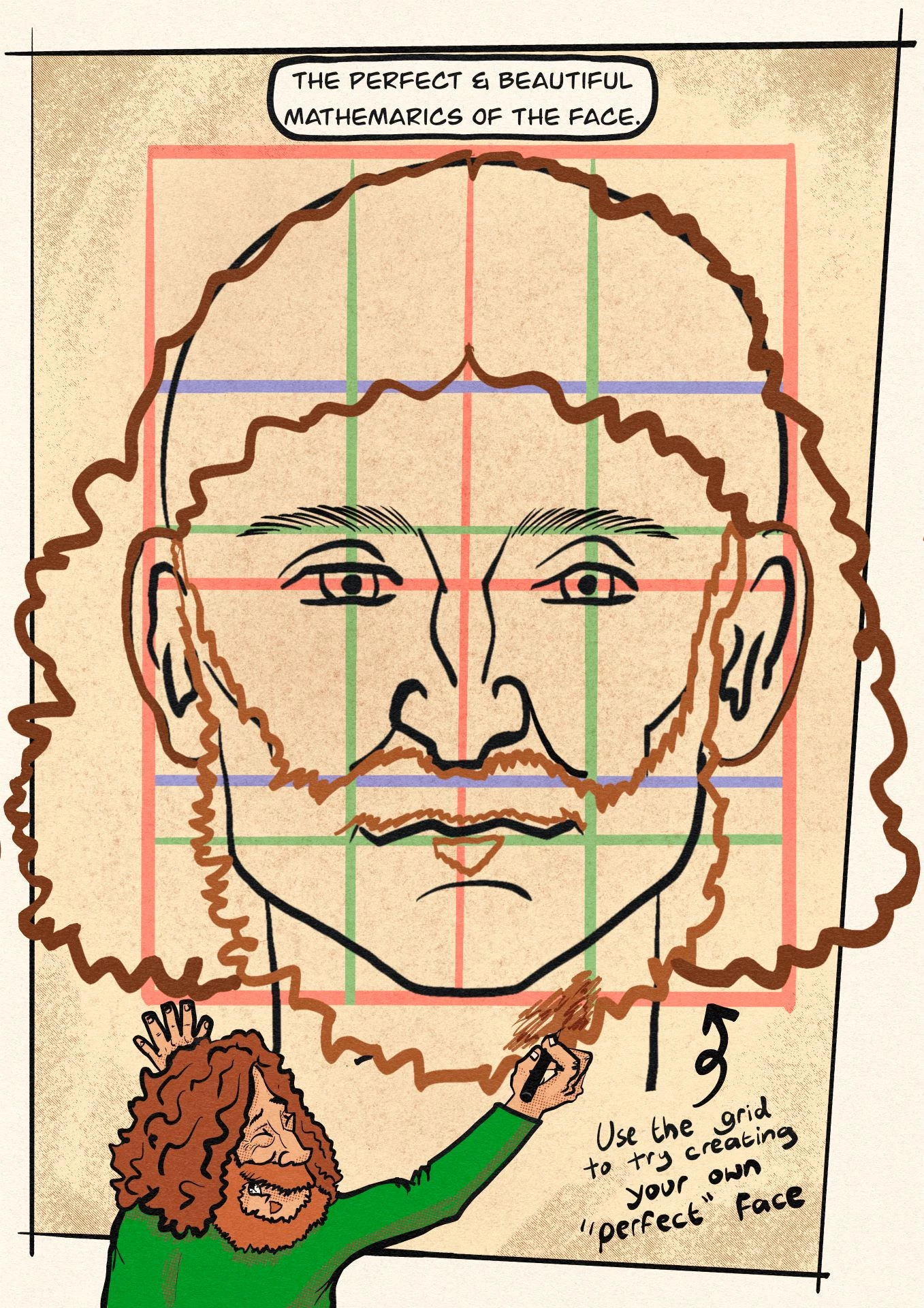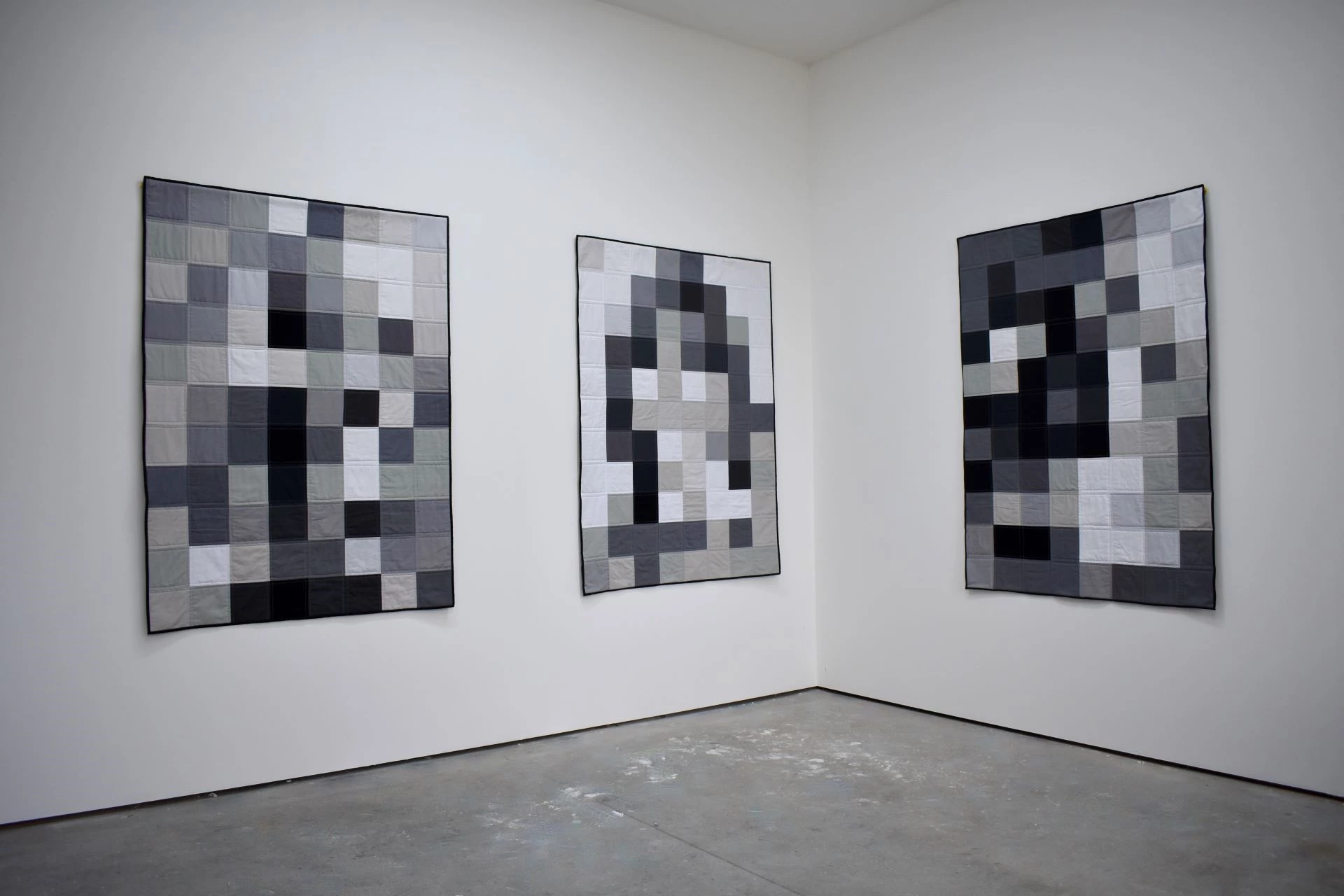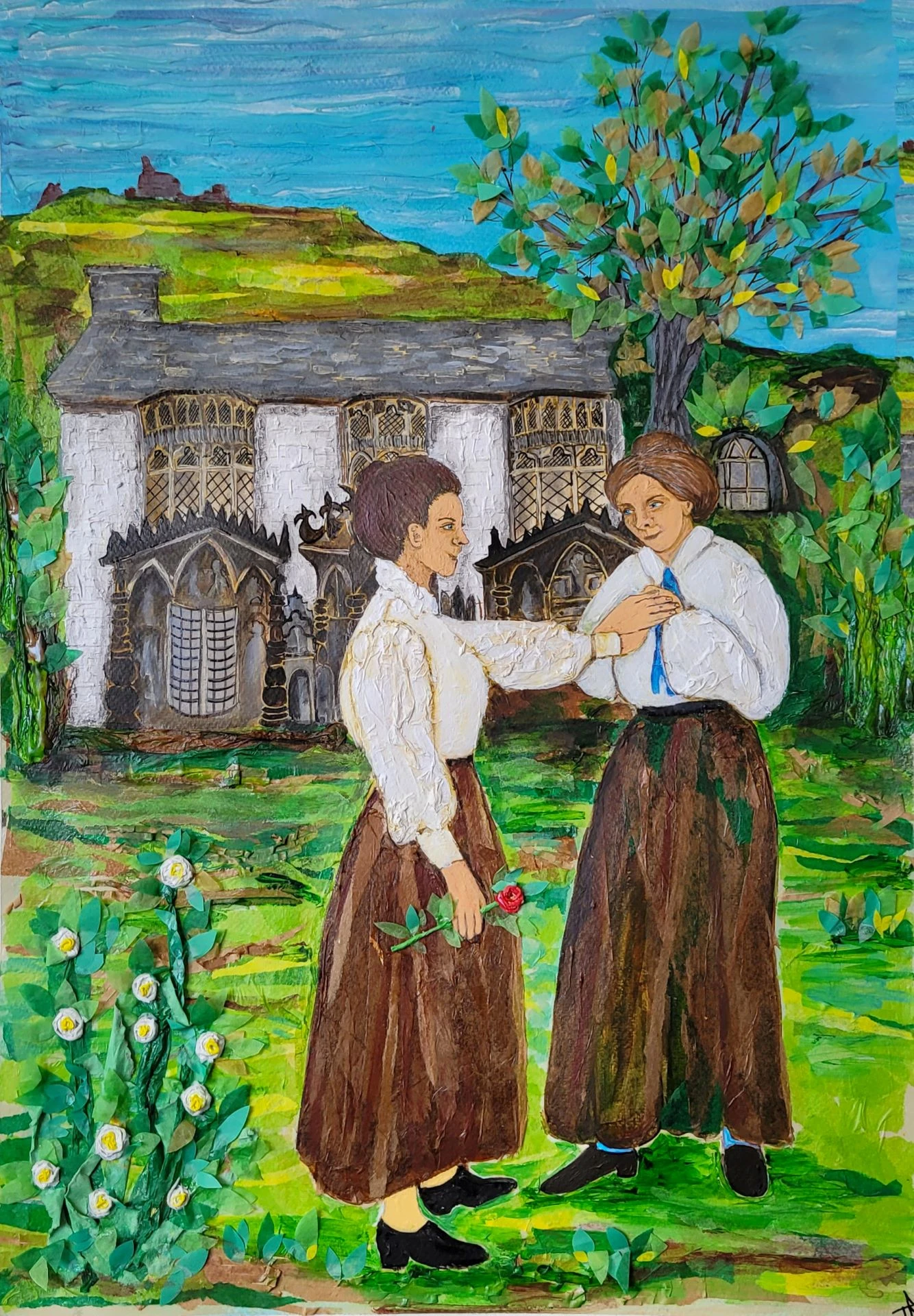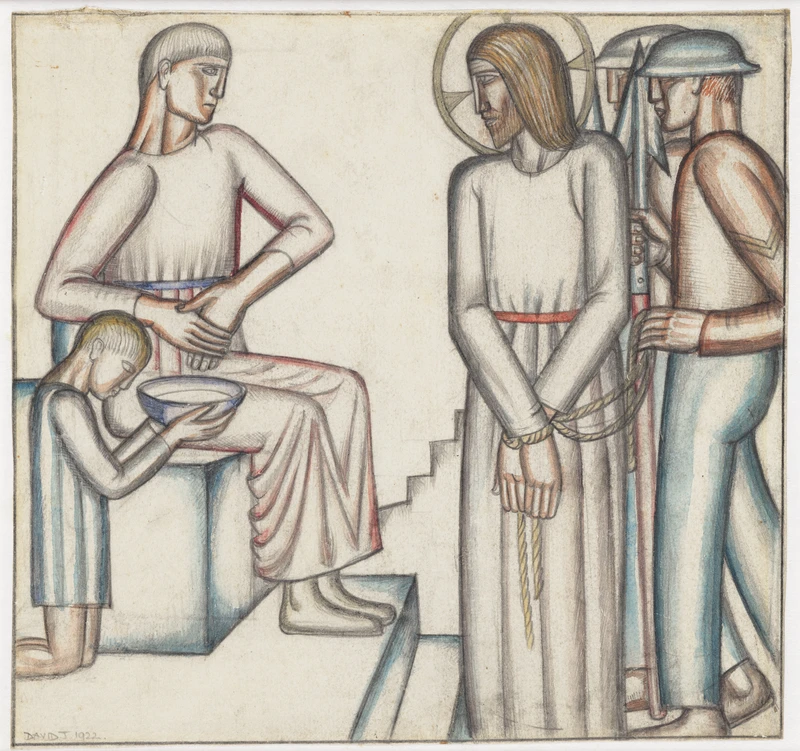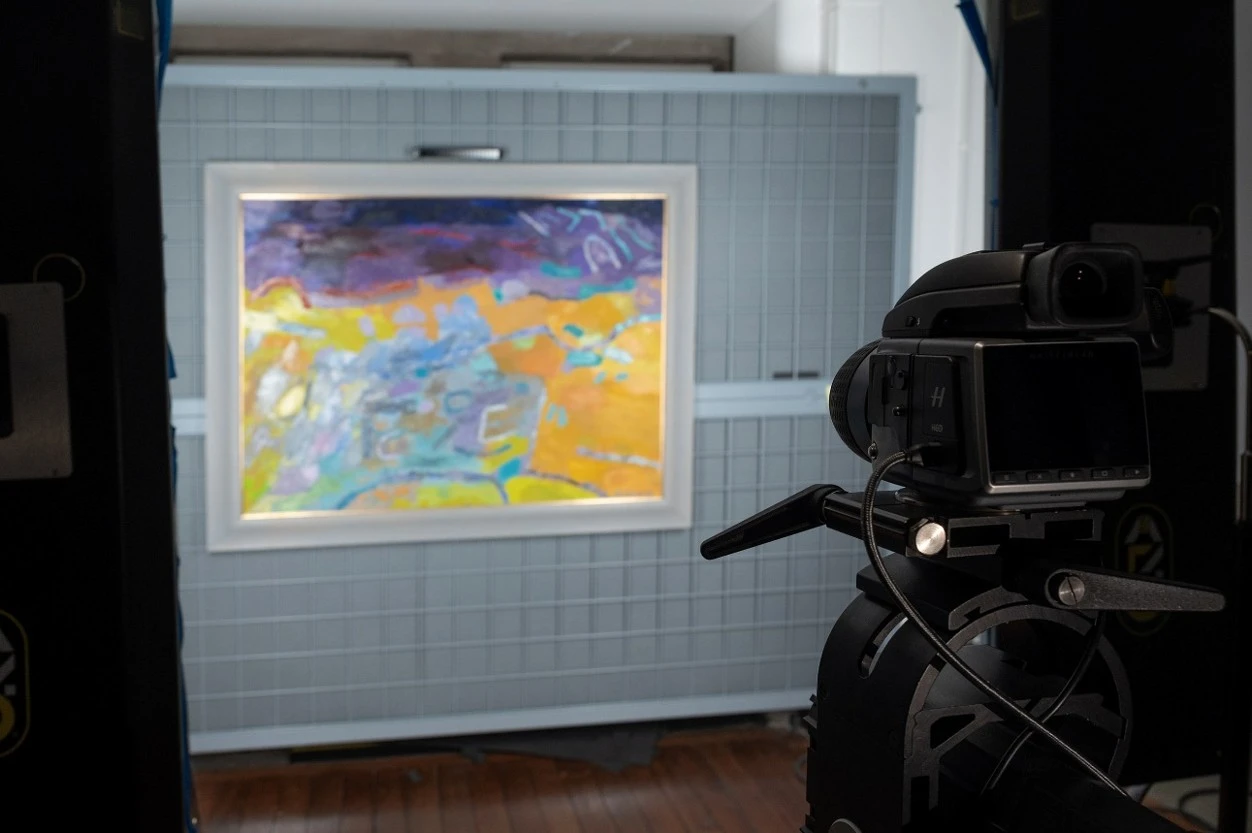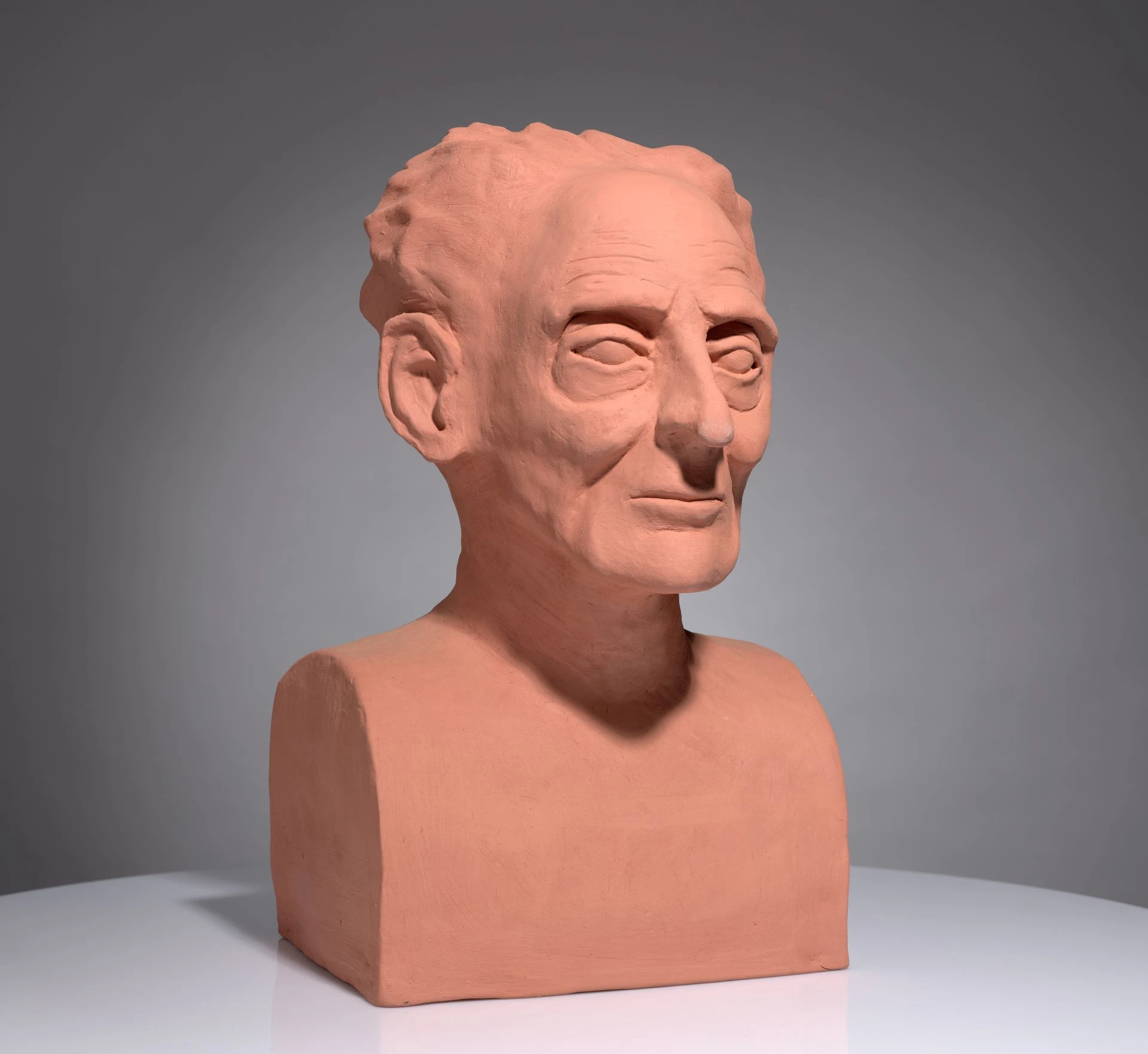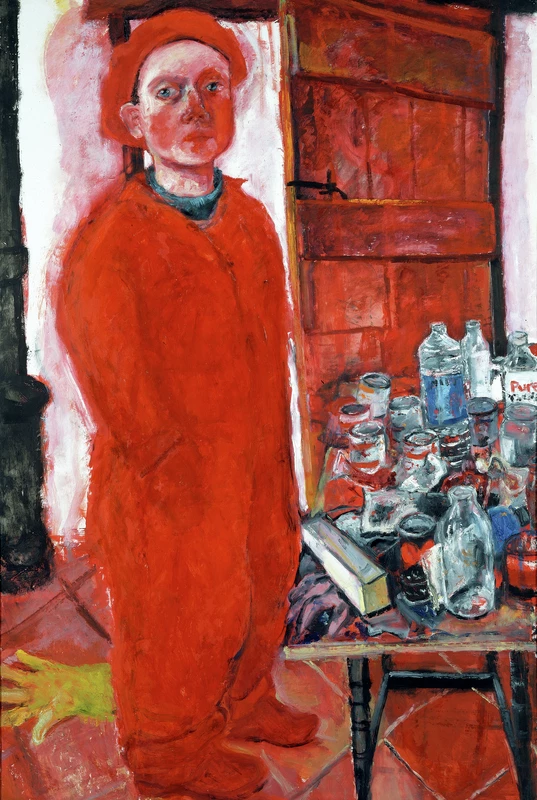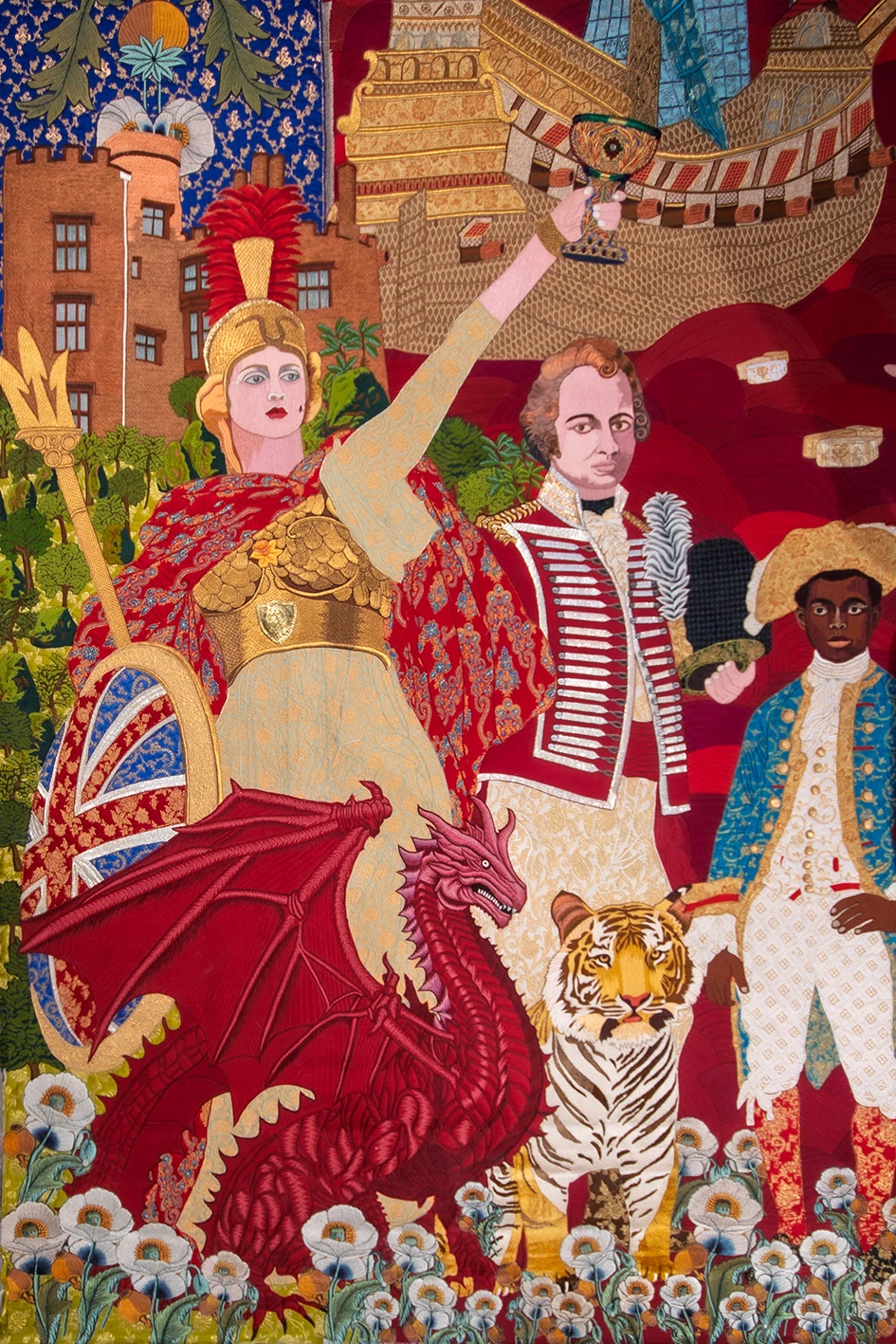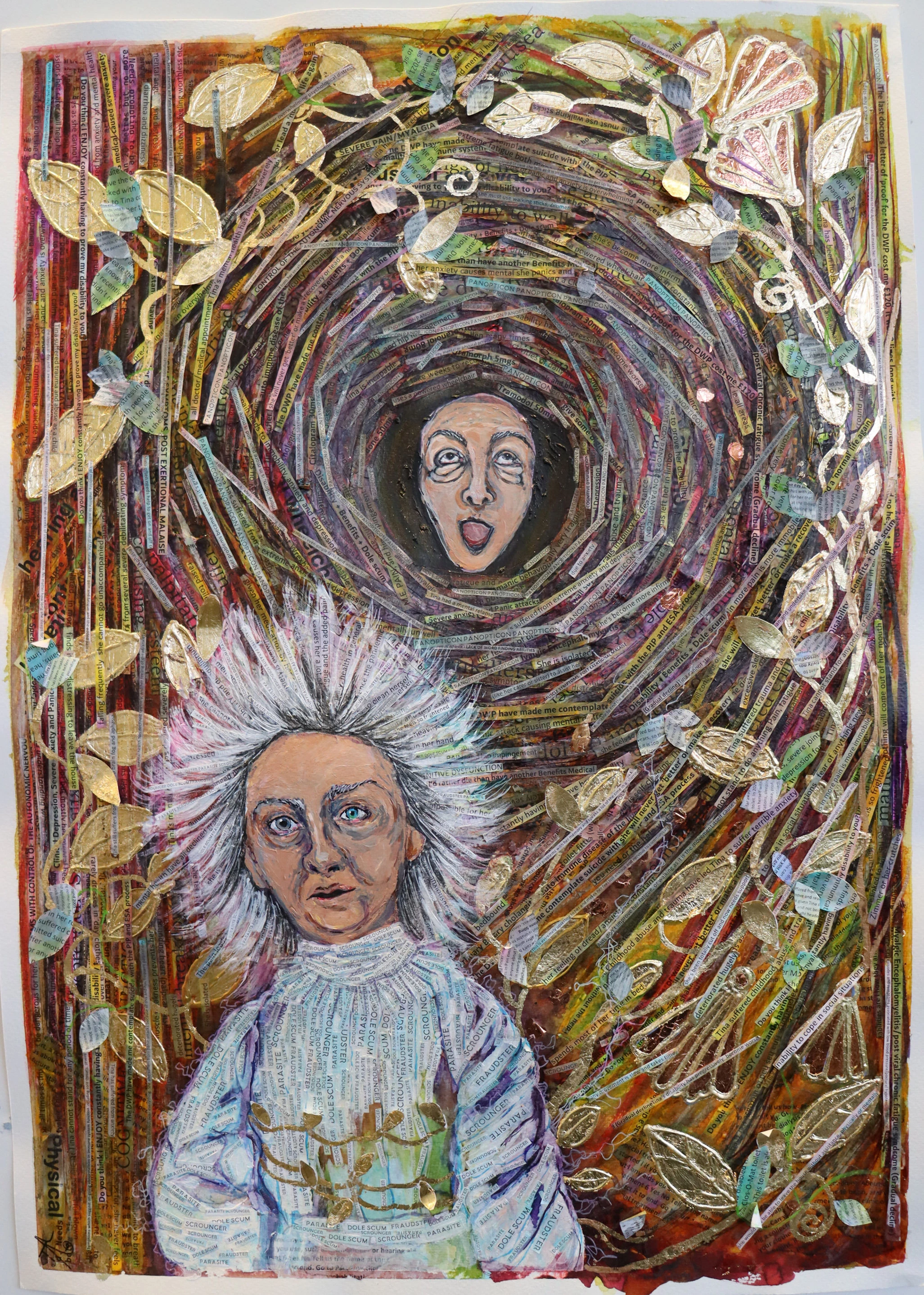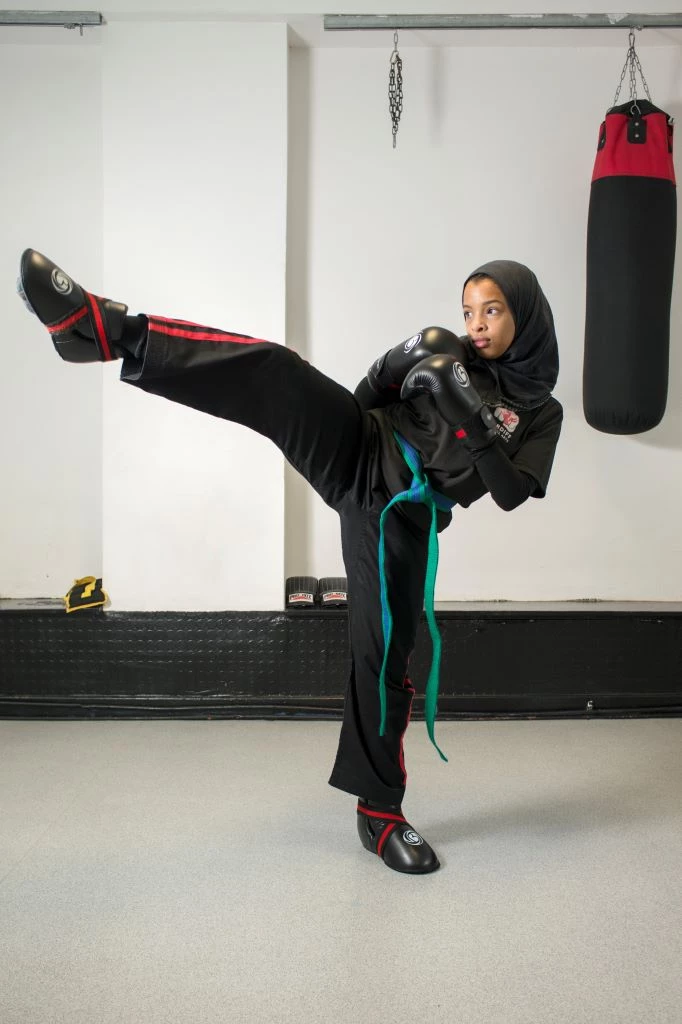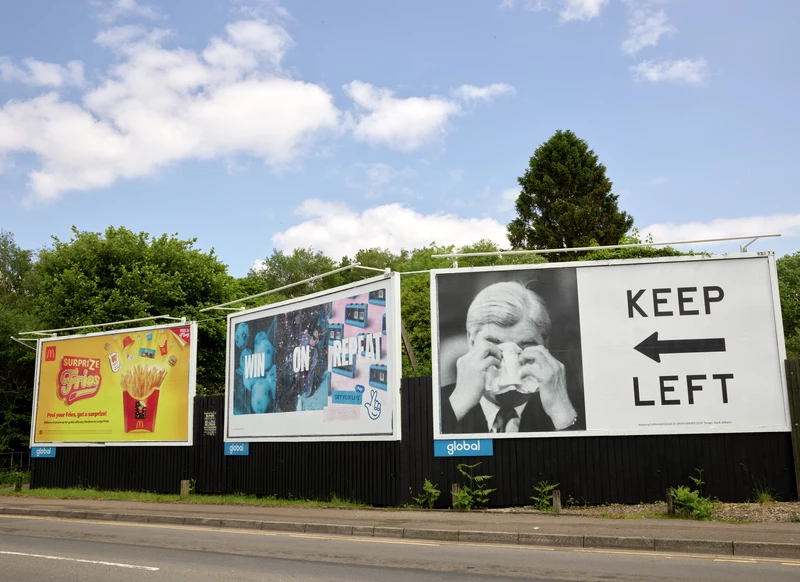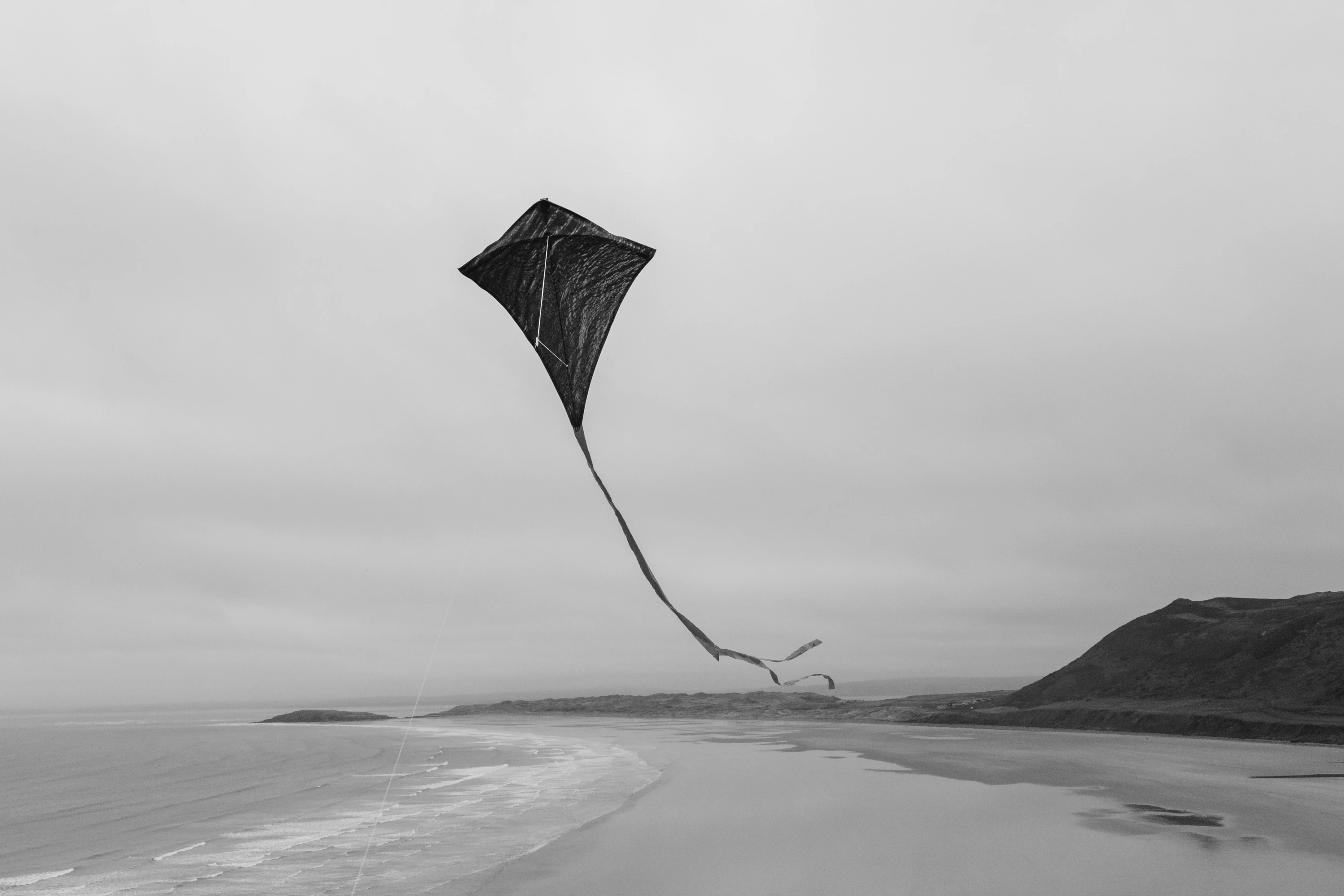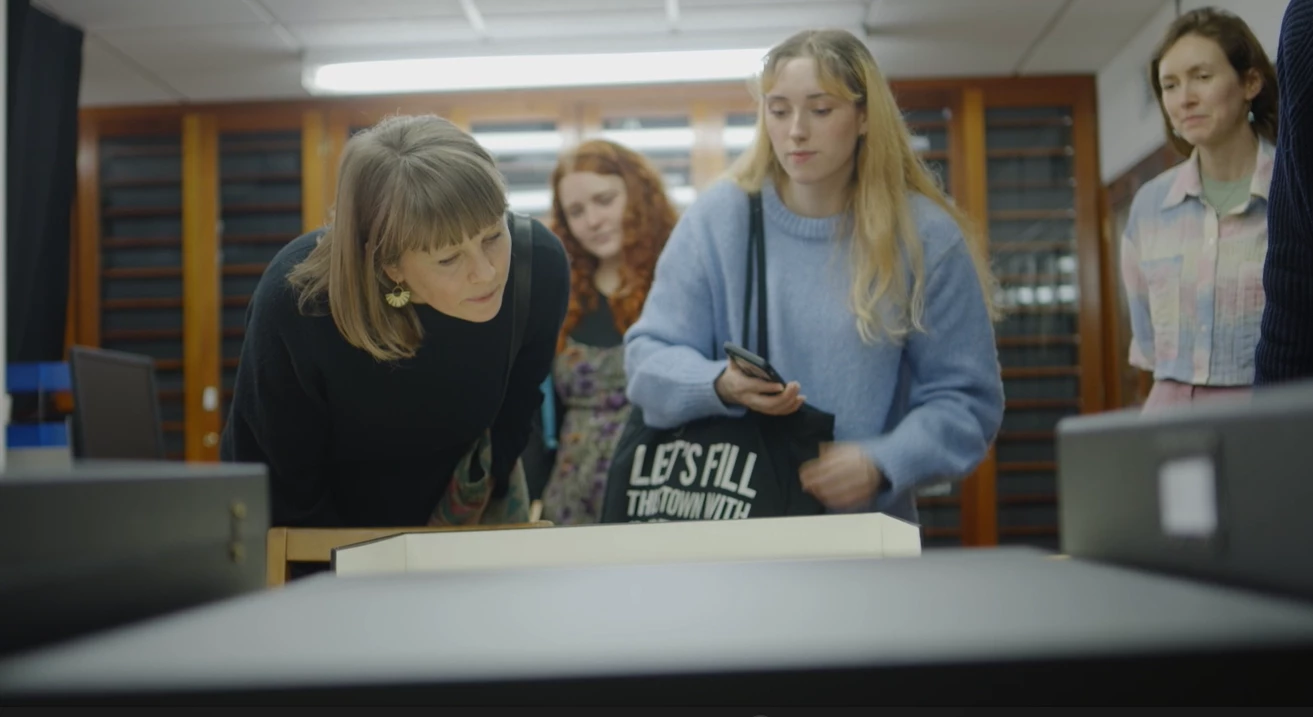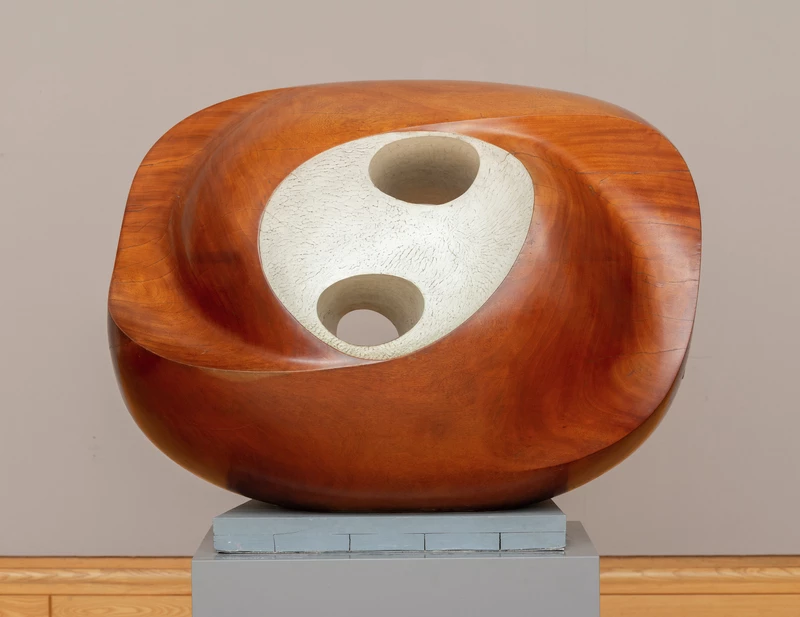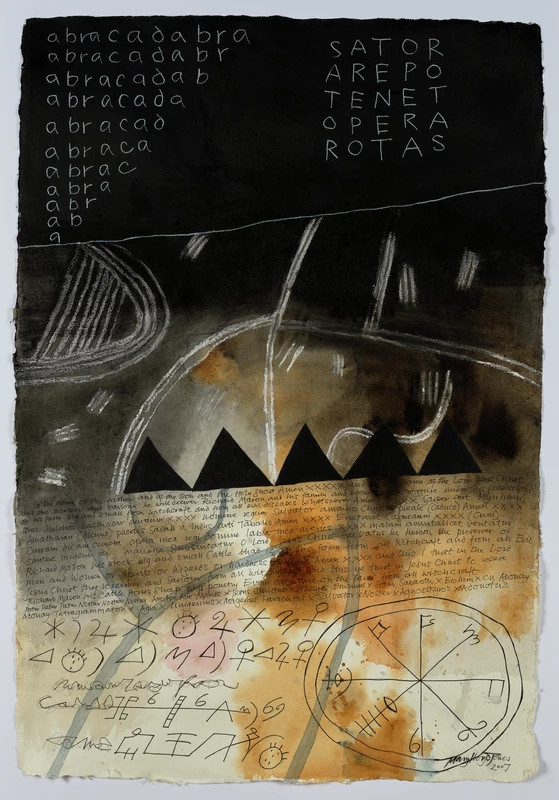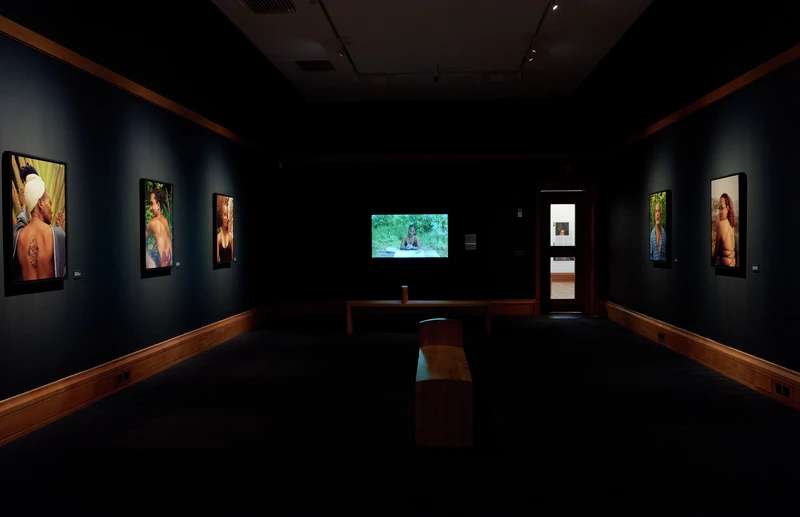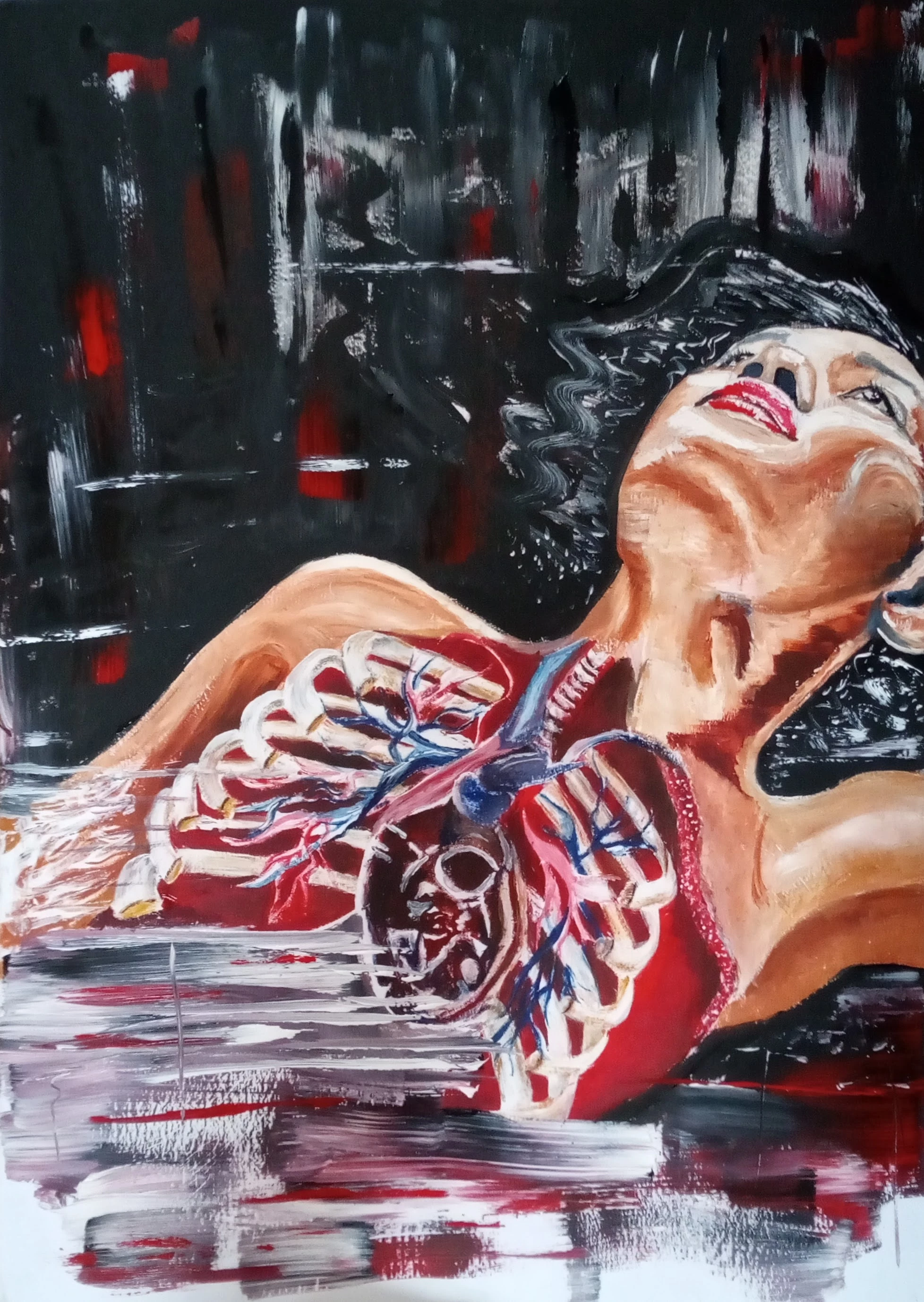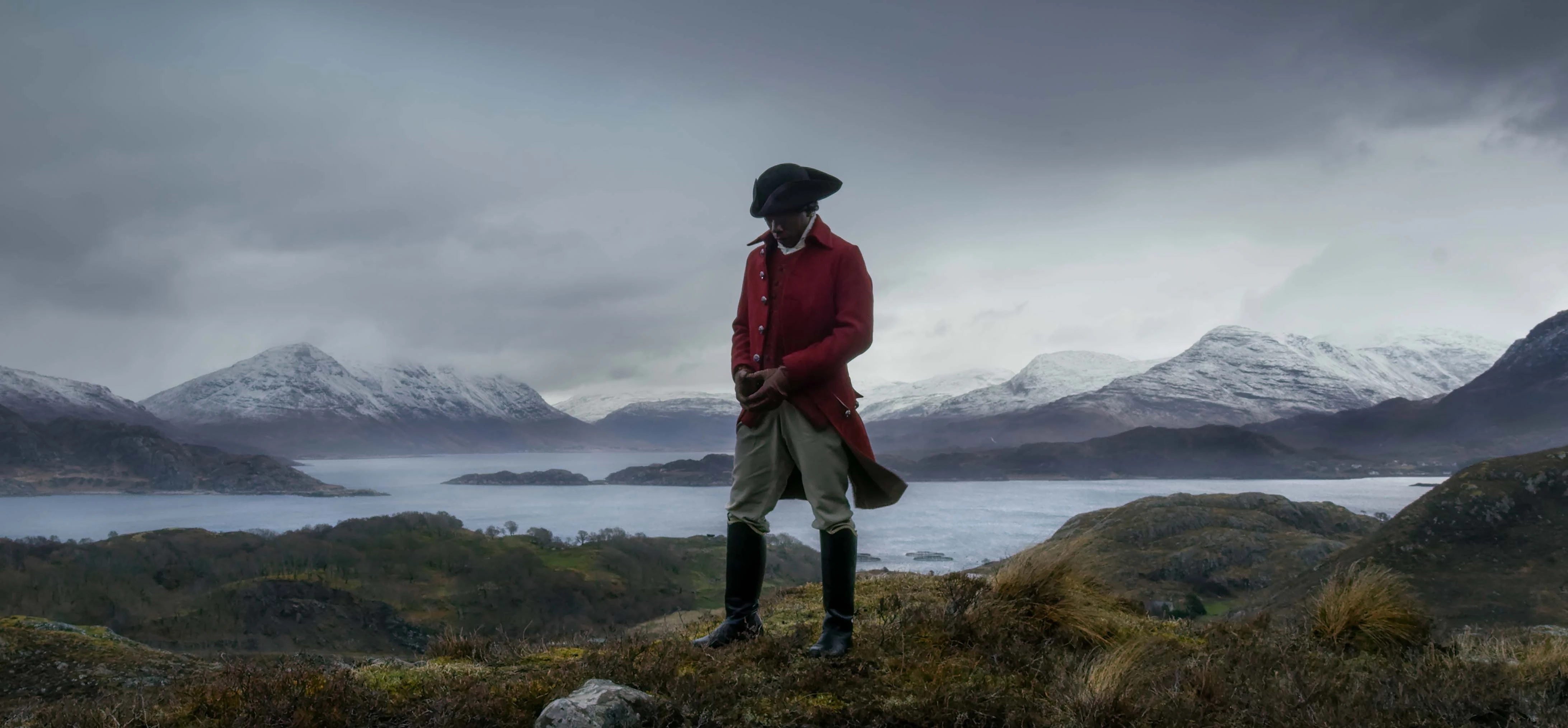Paul Davies (1947–1993) was a Welsh artist who worked with local communities to create all kinds of maps in the landscape. Many of the maps were made out of natural materials, such as earthworks and planting. Some were turned into drawings afterwards. In his maps, Paul Davies imagined different versions of the world, where places, people, and events that mattered to him the most took central stage.
For this activity I have selected Paul Davies because I am interested in looking at the world from a distance in order to understand it, and to understand my own place in it better. From the global perspective the planet with its land and water is the greatest common denominator for all of us. We all belong here.
The artwork for this activity is called Mappa Mundi, which means the map of the world. You might recognise familiar shapes in it.
For this activity, I invite you to make a map of the world according to you.
First, take a moment to think about the world you live in, or a world that you would like to live in. How do you see the world? What matters in it the most?
Next, think about a map of your world. What would it contain? Would it have the same continents as the existing ones, or would it perhaps have just one big continent? Would there be continents at all, or just a vast ocean? Where would you be on the map?
And finally, think about the materials and the workspace where you will make your map. Will it be a small map you can make out of plants on a sheet of paper on your desk? Will it be a massive map drawn in the sand? Or perhaps a colourful map made out of pieces of plastic you have collected for recycling? The possibilities are endless!
In the example above, I wanted my world to be completely covered with plants, recovering from traffic and busy cities. I collected a few fern leaves, a couple of daffodils, and used a blue pillowcase for the background – it was just the perfect colour to represent the oceans. I used a real map of the world for reference when making the shape of the continents, and then used the leaves and flowers to construct my map. Scissors came in handy when trimming some of the leaves and fine-tuning the contours. This is the world map according to me.
The World Map According to You
Now it’s your turn.
You can make your map as large or as small as you wish. You can sculpt it out of sticks, construct it out of pebbles, weave it with string, or grow it out of seeds in the garden – whichever method you feel represents your world the best. Use your imagination; the sky is the limit!
Follow these steps:
- Think of an idea for your map. What is the world map according to you?
- Once that is settled, think about the materials to make the map. You might want your friends to help you if you’re making a very big map.
- Find a good location to make the map – flat surfaces are the easiest to work with. You can build your map outdoors, or collect materials and bring them home to create your map on your desk
- Collect the necessary materials, and, when you’re ready, start making your map!
- Once finished, you will need a camera (you can use your phone of course) to photograph your map. It is worth thinking about the photograph before you start making the map – what will be the easiest way to photograph it straight on, from above? If you need help, make sure to ask. Adults are usually quite helpful, especially the tall ones.
- The final step is to send us your photograph. We are very curious to see it, and to learn what the world map according to you is!


